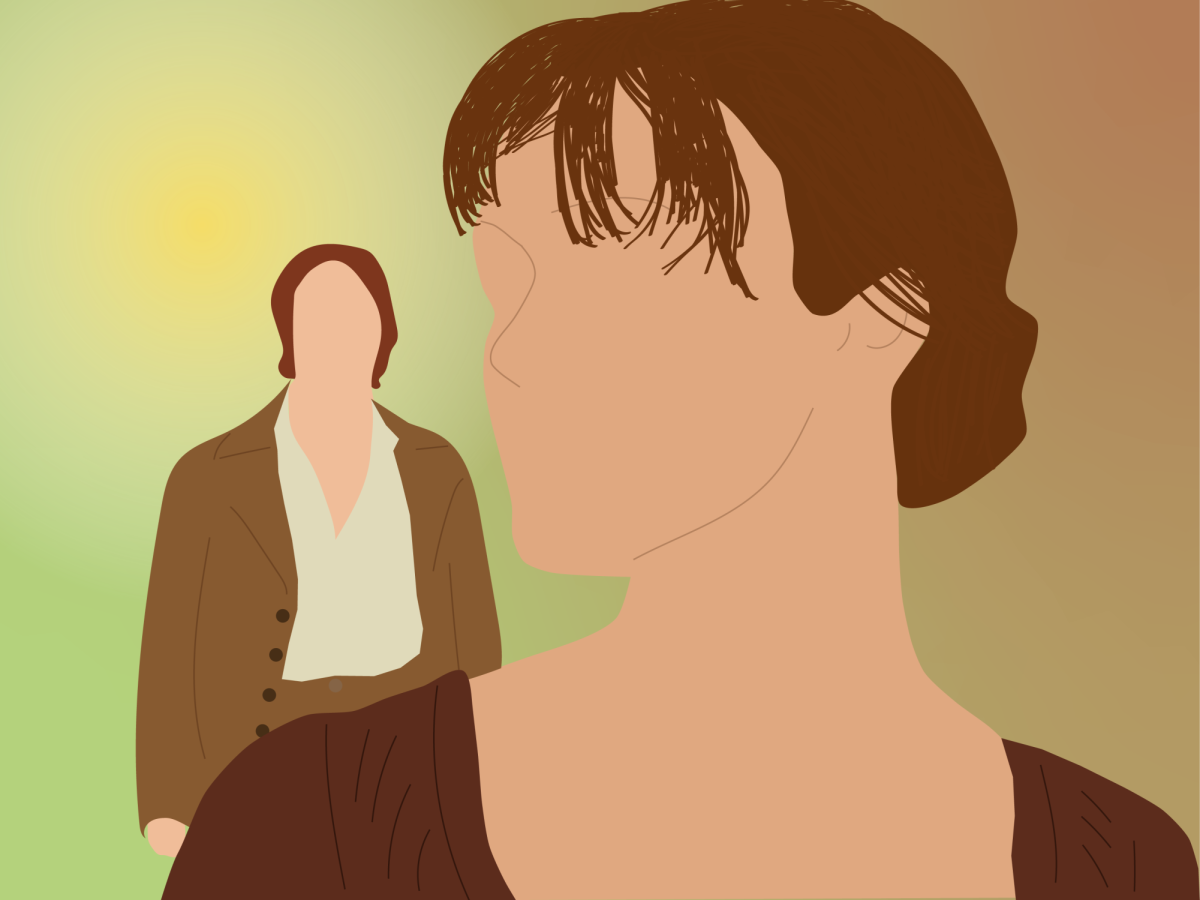By Megan O’Brien, news correspondent
North America’s most substantial exhibition of Goya’s work in 25 years will be unveiled by the Museum of Fine Arts (MFA) and on display from Oct. 12 to Jan. 15. “Goya: Order and Disorder” is comprised of 170 drawings, prints and paintings from the MFA’s collection, along with loans from other museums and private collectors, some of which have never entered the United States.
Goya, considered one of the last of the European ‘Old Masters’ of art, is a revered Spanish painter. His works are currently valued at up to $1 million, according to The Guardian, and cover a variety of topics relevant in the 19th century.
“I had noticed that shows about Goya recently had been focused on a particular aspect: war, women, Goya’s last works,”Stephanie Loeb Stepanek, co-curator of the exhibit and Curator of Prints and Drawings, said. I thought it was perhaps time, not necessarily to do a blockbuster, but to look at the whole artist.”
The exhibit is different than a majority of art exhibits in that works are arranged thematically, rather than chronologically. Goya’s compositions are split into eight galleries based on themes he returned to again and again throughout his career: self-portraits, the life cycle and love, sports and games, equilibrium or lack thereof, portraits, other worlds, history and a final space to sum up Goya’s essence.
“Now people might object to a thematic structure.You might say ‘Well, it’s better to do things chronologically because you can see the development of an artist’s ideas,’” Frederick Ilchman, co-curator of Mrs. Russell W. Baker Curator of Paintings, and chair of Art of Europe at the MFA, said. “But Goya goes back and forth chronologically and he didn’t just have ideas for paintings, just ideas for prints, just for drawings; they are linked completely. Since an artist’s mind doesn’t have compartments, why should an exhibition?”
Several works embody more than one of the aforementioned themes. To make the distinction between each idea clear, the gallery spaces are manipulated through wall color and lighting. The exhibit begins and ends in shades of deep burgundy and violet, while the middle sections are presented in various shades of blue. However, the curators also focused heavily on connections between sections, with each gallery flowing into the next.
“In curating this exhibition, Stephanie and I put a lot of attention into sight lines,” Ilchman said. “We have when you look through a doorway or down a room, there’s something important that attracts your eye.”
For example, the third theme of the exhibit, in a room titled “Play and Prey,” transitions into “In the Balance” with “The Agility and Audacity of Juanito Apinani in the Ring at Madrid.” The combined setting of the bullfight and the suspension of the work’s title character marries the two themes. In another tactic, the nearly nude rendition of Saint John the Baptist found in “Other Worlds, Other States” can clearly be seen in the room of Goya’s portraits and provides a stark contrast to the grandest gallery of the exhibit.
The display of Goya’s portraiture contains the famous “Portrait of the Duchess of Alba,” which is placed next to the “Portrait of the Duke of Alba.” Stepanek and Ilchman curated the exhibit so that most pieces, sometimes of different mediums, would appear in small groupings. Arguably the most important of these groupings is “Ice Skaters” and “Crazy Skates.”
“[The exhibition] began with Stephanie looking at this pair, these two drawings of skaters, ice skaters or roller skaters in the MFA’s collection. Seeing [the way the paintings compared] was the germ of this exhibition,” Ilchman said. “Thinking, in a more traditional show they would be in different sections, chronologically arranged they wouldn’t belong in the same room, but thematically arranged they start up a dialogue.”
Created 10 years apart, these two prints are the poles of balance and imbalance in Goya’s work. Stepanek cites them as inspiration in naming the exhibit.
“The title, ‘Order and Disorder,’ perhaps originated with these two works as well,” Stepanek said. “So order and disorder, two contrasting notions, ideas, states, conditions.”
Works of Goya have been added to the museum’s collection since 1888, but former curator Eleanor Sayre was instrumental in acquiring some of his greatest works and made Goya her main focus for the latter part of her life. Stepanek worked with Sayre on two Goya exhibitions in 1974 and 1990. “Order and Disorder” is dedicated to her and the final work in the exhibition, the “Seated Giant,” is one she brought to the MFA collection.
“Goya moved back and forth between … order and disorder and I think it’s key that we conclude our exhibition not just with a print, but with one from the MFA’s own collection,” Ilchman said. “Just like this room is ‘Solo Goya,’ this … is one of the few places in the world that could have pulled off this exhibition.”
Photo by Arzu Martinez


















